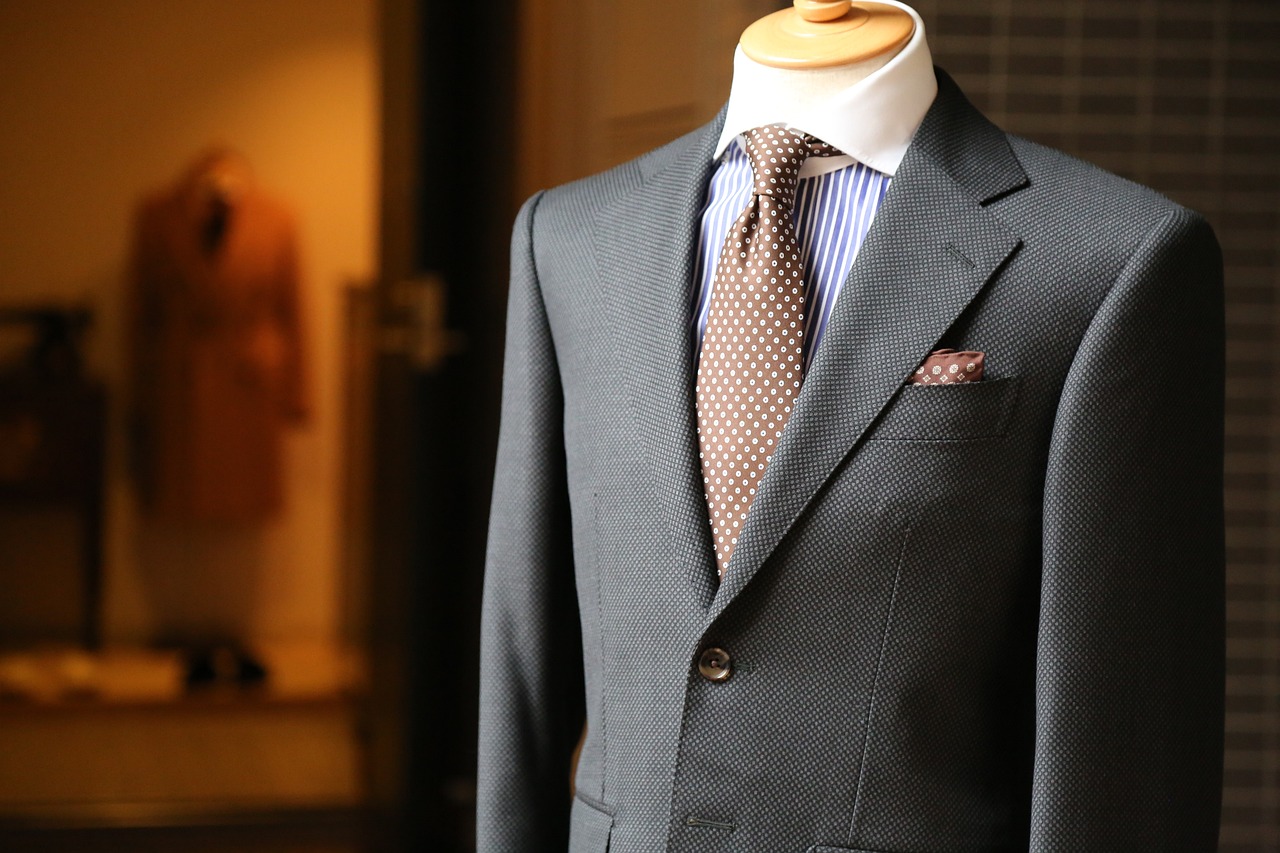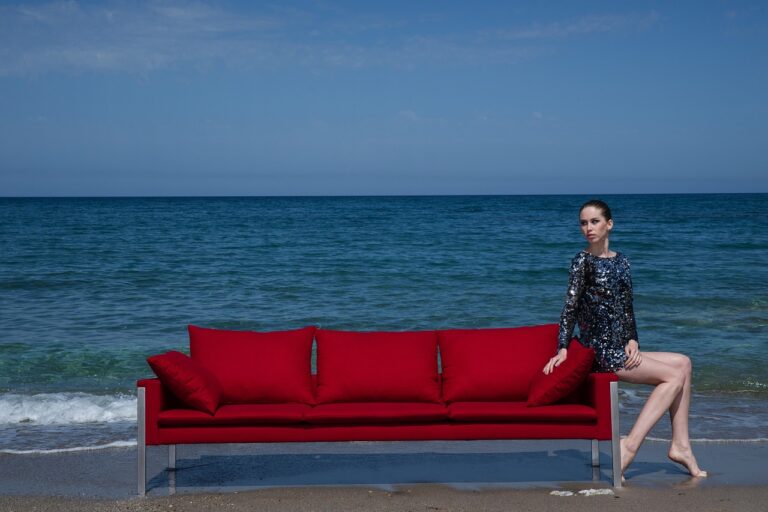The Influence of Architecture on Fashion Design
Architecture has long been a source of inspiration for fashion designers, with its intricate designs and structural elements providing a unique foundation for creative exploration. One key element of architectural influence on fashion design is the emphasis on clean lines and geometric shapes. Designers often draw from the strong, bold lines of buildings to create structured silhouettes that exude strength and confidence.
Another important aspect of architectural influence on fashion design is the use of innovative materials and textures. Just as architects push the boundaries of construction materials, fashion designers experiment with fabrics and finishes to create unique and visually striking garments. By incorporating elements such as metal accents, glass-like textiles, or concrete-inspired prints, designers are able to bring the essence of architectural design into the realm of fashion.
• Clean lines and geometric shapes are emphasized in architectural influence on fashion design
• Structured silhouettes inspired by strong, bold lines of buildings exude strength and confidence
• Innovative materials and textures are used in both architecture and fashion design for unique garments
• Experimentation with fabrics, finishes, metal accents, glass-like textiles, or concrete-inspired prints bring architectural essence into fashion
Architectural Shapes and Silhouettes in Fashion
Architectural shapes and silhouettes play a significant role in influencing fashion design. The clean lines of modern buildings often find their way into clothing designs, creating a sense of sleek sophistication. Structural elements such as sharp angles and geometric forms are recreated in garments, adding a touch of architectural flair to the overall look.
Fashion designers frequently draw inspiration from iconic architectural landmarks, incorporating the essence of these structures into their collections. From the sweeping curves of the Guggenheim Museum to the minimalist aesthetic of Bauhaus architecture, these architectural influences can be seen in everything from evening gowns to everyday wear. By blending the worlds of architecture and fashion, designers are able to create truly unique pieces that exude elegance and modernity.
Materials and Textures Inspired by Architecture
Architectural designs have played a significant role in shaping the textures and materials used in fashion design. The choice of materials such as concrete, steel, glass, and wood in architecture has directly influenced the selection of fabrics in clothing. For example, the sleek and polished look of glass skyscrapers has inspired the use of shiny and reflective materials like satin and metallic fabrics in high-fashion garments. Similarly, the rugged textures of brick walls and industrial structures have translated into the popularity of distressed denim and leather in casual wear.
In addition to materials, the textures found in architecture have also found their way into fashion collections. The smooth surfaces of marble and granite have influenced the creation of sleek and polished garments with a luxurious feel. On the other hand, the rough textures of exposed bricks and concrete have led to the incorporation of rough and raw fabrics like canvas and burlap in streetwear designs. By drawing inspiration from the diverse textures and materials present in architecture, fashion designers have been able to create innovative and visually striking collections that blur the lines between the two artistic disciplines.
How does architecture influence fashion design?
Architecture influences fashion design through its shapes, silhouettes, materials, and textures which can be translated into clothing designs.
Can you give examples of architectural shapes and silhouettes in fashion?
Examples of architectural shapes and silhouettes in fashion include geometric forms, structured lines, and asymmetrical designs reminiscent of architectural elements.
What are some materials and textures inspired by architecture in fashion?
Materials and textures inspired by architecture in fashion can include sleek metals, concrete-inspired fabrics, leather accents, and textured fabrics resembling building materials.
How can designers incorporate architectural influences into their fashion collections?
Designers can incorporate architectural influences into their fashion collections by studying architectural elements, experimenting with shapes and silhouettes, and using materials and textures that are reminiscent of buildings and structures.
Are there any famous fashion designers known for their use of architectural influences?
Yes, there are several famous fashion designers known for their use of architectural influences, such as Alexander McQueen, Hussein Chalayan, and Iris van Herpen.







